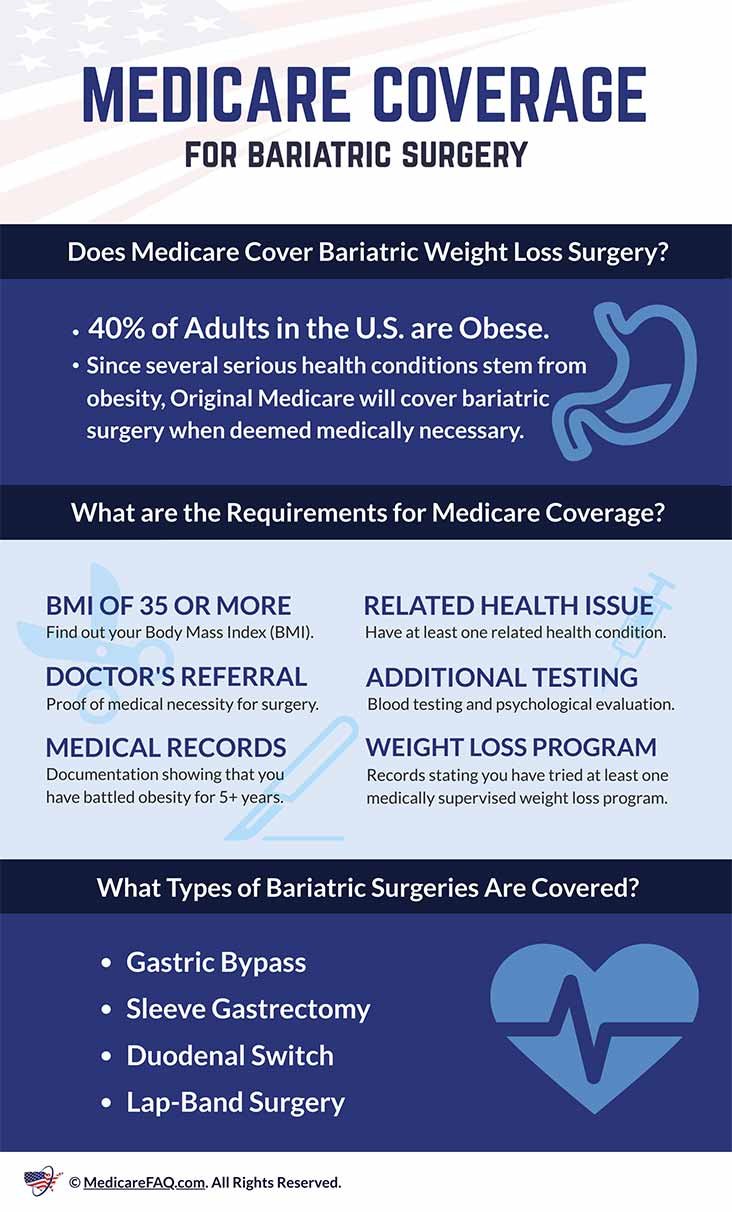To check car battery health without a multimeter, turn on your headlights before starting the engine and observe their brightness. Start the engine and watch for any notable dimming, indicating potential battery weakness.
Ensuring your vehicle’s reliability begins with maintaining its most crucial starting component—the car battery. Faulty batteries can leave drivers stranded unexpectedly, so assessing their condition is essential even if you lack specialized tools such as a multimeter. Regularly monitoring your battery’s health through simple observations can save you from future headaches.
Subtle hints like the cranking speed of your engine or the intensity of your dashboard lights are invaluable indicators of your battery’s state. This introduction to battery health checkups empowers drivers to proactively address potential issues, increasing safety and reducing the likelihood of being caught off-guard by a dead battery.
Signs Of A Failing Car Battery
Understanding the health of a car battery is crucial for any driver. A battery close to failure might leave you stranded. You don’t need a multimeter to spot the signs. Here are key indicators that your car battery might need attention or replacement.
Dim Headlights And Electrical Issues
Dim headlights are often the first sign of battery trouble. When the engine is off, turn on the headlights. If they’re dimmer than usual, your battery may be weak. Notice other electrical issues? The problem could be with your battery.
Slow Engine Crank Or No Start
A slow engine crank is another red flag. It’s when you turn the key and the engine takes longer to start. A sudden failure to start points to a dead battery. Keep an ear out for these issues when starting your vehicle.
Swollen Battery Case And Corrosion
Inspect your battery. A swollen case means it has been exposed to extreme temperatures. This swelling can lead to battery failure. Check for corrosion. Blue or white buildup on the terminals is a bad sign. It can lead to poor connections and battery failure.

Credit: www.youtube.com
Visual Inspection Of The Battery
Carrying out a Visual Inspection of the Battery is a straightforward way to assess its health. One doesn’t require special tools to notice signs of wear or damage. A careful look can reveal much about the current condition of a car battery.
Checking For Physical Damage
Begin with a thorough examination of the battery case. A healthy battery should have an intact case with no cracks, bulges, or broken pieces. Distortion in the battery’s shape often indicates internal damage. This damage could come from an impact or the battery’s age.
Identifying Corrosion And Leaks
Next, focus on the battery terminals. Corrosion appears as a white or greenish powder around the terminals. While corrosion can interrupt the connection to the car’s electrical system, it’s also a sign that the battery could be nearing the end of its life. Ensure to look for any signs of leakage, such as wet spots or stains around the battery. Leaks can damage other parts of the car and need immediate attention.
- Check the case for unusual shapes, cracks, or swelling.
- Inspect terminals for deposits or discoloration.
- Look for spots that indicate leaking fluids.
Power On Test With Car Accessories
Want to check your car battery health but don’t have a multimeter? Don’t worry! There are simple tests you can perform using just your car accessories to gauge the battery’s condition. These tests give you a quick snapshot of your battery’s health. Let’s explore how you can use the headlights, radio, and dashboard lights to assess battery performance.
Testing Battery Strength With Headlights
Headlights can tell a lot about your battery’s health. Follow these steps:
- Start your car in the evening when it’s dark outside.
- Turn on the headlights without starting the engine.
- Observe the headlights’ brightness.
- Now, start the engine and notice any changes in brightness.
If the headlights stay bright, your battery is likely in good shape. Dimming lights could indicate a weak battery.
Radio And Dashboard Lights As Indicators
The radio and dashboard lights can serve as useful indicators of battery strength:
- Turn on your car’s radio and dashboard lights with the engine off.
- Note whether they are properly lit or unusually dim.
- Start the car’s engine and observe any changes in their brightness.
Flickering or fading lights while the engine runs could suggest a weak battery. Stable and consistent lighting usually means a healthy battery.
Remember, these tests do not replace professional battery diagnostics, but they can quickly indicate if further testing is needed. Regular checks help prevent unexpected issues, ensuring a smooth ride every time.

Credit: batteryspecialists.com.au
Starting Sound Analysis
Checking your car’s battery health can be easy. Listen closely when you start your car. Sounds can tell a lot. Know what to hear for without tools. Let’s dive into two key sounds.
Listening For Delayed Engine Start
A quick engine start means a happy battery. Delays can signal trouble.
- Turn the key and count. Quick vroom? Good.
- Engine hesitates? Battery may be weak.
- Count seconds to start. More than usual? Check the battery.
Abnormal Noises When Turning The Key
Odd sounds when starting the car need attention.
| Noise Type | Possible Meaning |
|---|---|
| Clicking | Battery could be dying. |
| Grinding | Starter issues, battery could be the cause. |
| Whirring | Battery’s power might be low. |
Note the sound you hear. It helps find the issue. Does the sound repeat? Battery might struggle. Seek a professional if unsure.
Battery Age And Replacement History
Understanding the age and replacement history of your car battery is crucial. It’s like knowing the life story of your car’s heart. Older batteries may struggle to hold a charge. Experts suggest replacing car batteries every 3-5 years. This rule of thumb helps prevent sudden failures. Knowing when to replace can save time and avoid stress.
Determining Battery’s Current Age
Find the manufacturing date on your car battery. It’s often a code on the label. Decipher the code to know the production date. The first character, usually a letter, represents the month. ‘A’ means January, ‘B’ means February, and so on. The second character, often a number, represents the year. ‘9’ could stand for 2019.
Here’s an example to illustrate:
| Code | Month | Year |
|---|---|---|
| C9 | March | 2019 |
Reviewing Past Replacement Intervals
Check service records for past battery replacements. Mark down every change. Note the battery life span. This lets you predict future replacements.
Looking at the pattern can offer insights:
- Short intervals between replacements may signal electrical issues.
- Longer periods indicate good maintenance and minimal electrical drain.
Load Test With A Diy Approach
Car batteries need regular checks. A load test is a way to measure a battery’s condition. You do not need a multimeter for this. This DIY method uses what you already have in your car. It gives an idea of how your battery performs under load. Let’s explore how you can do this.
Using The Headlights To Test Battery Load
Headlights can show how well your battery works. You will need to start your car and turn on the headlights. This test is simple and safe to do at home. Follow these steps:
- Make sure the engine is off.
- Turn on your headlights.
- Leave them on for 10-15 minutes.
- Start the engine after this time.
- Notice any changes in headlight brightness.
If headlights dim when you start the engine, your battery may be weak. A good battery will keep the headlights bright even under load.
Assessing Battery Performance Under Load
To further assess, try turning on more elements like the radio, air conditioner, and other electronics. More load gives you a better idea of battery health. Pay attention to how these electronics behave:
- Dimming or flickering lights.
- Slow or labored startup of electronics.
- Weak horn sound.
All these signs indicate a possible weak battery. If your car shows these signs, it might need attention. For precision, a professional load test can confirm your findings.
Measuring Battery Voltage With Alternative Tools
Testing a car battery’s health doesn’t need a multimeter. Several tools offer simple methods for checking how much power remains. Each tool can help pinpoint issues with a car’s electrical system.
Using A Power Probe For Voltage Test
Power probes act as an easy voltage tester. They can quickly read battery health. The device clamps to the battery terminals. Follow these steps:
- Connect the probe’s red clip to the positive terminal.
- Attach the probe’s black clip to the negative terminal.
- Turn on the power probe to read voltage.
A reading of 12.6 volts or higher means the battery is healthy.
Leveraging A Test Light For Battery Check
A test light, or test lamp, is a simple diagnostic tool. It confirms the presence of electrical power. Here’s how to use it:
- Ground the test light by clipping its end to metal.
- Probe the battery’s positive terminal with the tip.
- A lit test light usually indicates good voltage.
Remember, a dim light may signal a weak battery. It’s always good to check after the car runs for a while.
Professional Assistance
Car battery health is crucial for a reliable ride. Sometimes, assessing its condition needs more than just DIY tips. This is where professional help shines. Qualified mechanics have the tools and expertise to thoroughly evaluate your battery’s performance and offer precise solutions. If you’re lacking a multimeter or unsure about the readings, an auto shop is your next stop.
When To Seek A Mechanic’s Help
It can be tricky to know when exactly to get a professional involved. Here are some signs:
- Car struggles to start.
- Electrical components are underperforming.
- The battery is older than three years.
- You notice a sulfur smell or corrosion.
- The check engine light is illuminated.
Services Offered By Auto Shops
Auto shops provide wide-ranging services to ensure your battery is in top shape. Here’s what they offer:
| Service | Description |
|---|---|
| Voltage Test | Measures the amount of charge. |
| Load Test | Assesses performance under load. |
| Visual Inspection | Checks for physical defects. |
| Charge and Recharge Test | Evaluates charging capacity. |
| Replacement Service | Installs a new battery if needed. |
Remember, a healthy car battery means a smooth journey. Don’t hesitate to seek a mechanic’s expertise for accurate diagnosis and maintenance.

Credit: kaiweets.com
Frequently Asked Questions
How To Test If A Car Battery Is Good Without A Multimeter?
Turn on your car’s headlights and observe the brightness. Dim lights can indicate a weak battery. Start the engine and watch for dimming, which suggests a charging issue. Perform a cranking test by listening to the engine; slow cranking often means a bad battery.
How Do You Test A Car Battery To See If It’s Going Bad?
To test a car battery, use a multimeter set to volts DC and measure across the terminals. A reading below 12. 4 volts may suggest a failing battery. Alternatively, employ a car battery tester for a more comprehensive assessment, which evaluates charge capacity and potential performance issues.
How Do I Check If My Car Battery Needs Replacing?
To check if your car battery needs replacing, observe these signs: difficulty starting the engine, dim headlights, or a swollen battery case. Use a voltmeter to verify a low charge under 12. 4 volts, indicating a potential need for replacement.
How To Check Car Battery Health At Home?
To check car battery health at home, start your vehicle and note if it cranks slowly. Use a multimeter to measure voltage; a healthy battery should show about 12. 6 volts. Check for corrosion and ensure terminals are tight. Observe the battery case for swelling.
Conclusion
Ensuring your car battery’s health is crucial for a smooth ride. Simple observation, a dash of vigilance, and these practical tips can help. No fancy tools required, just your senses and a little know-how. Keep your vehicle’s heartbeat strong; embrace these techniques for a worry-free journey.
Drive confidently, knowing your car’s power source is in top shape.







